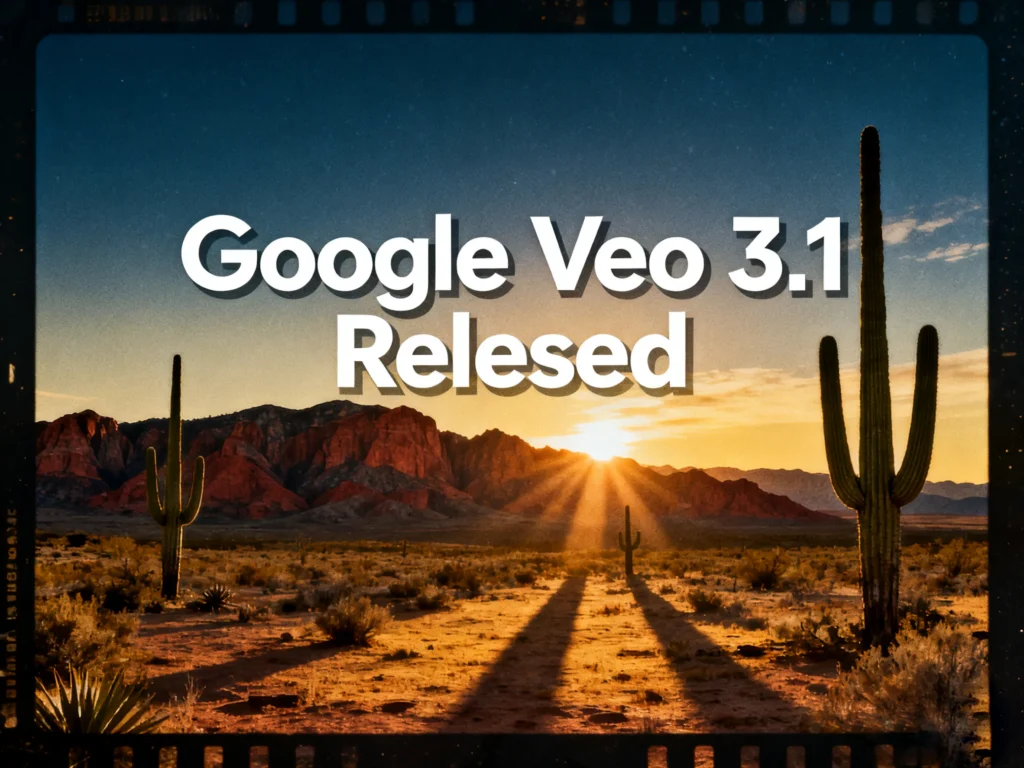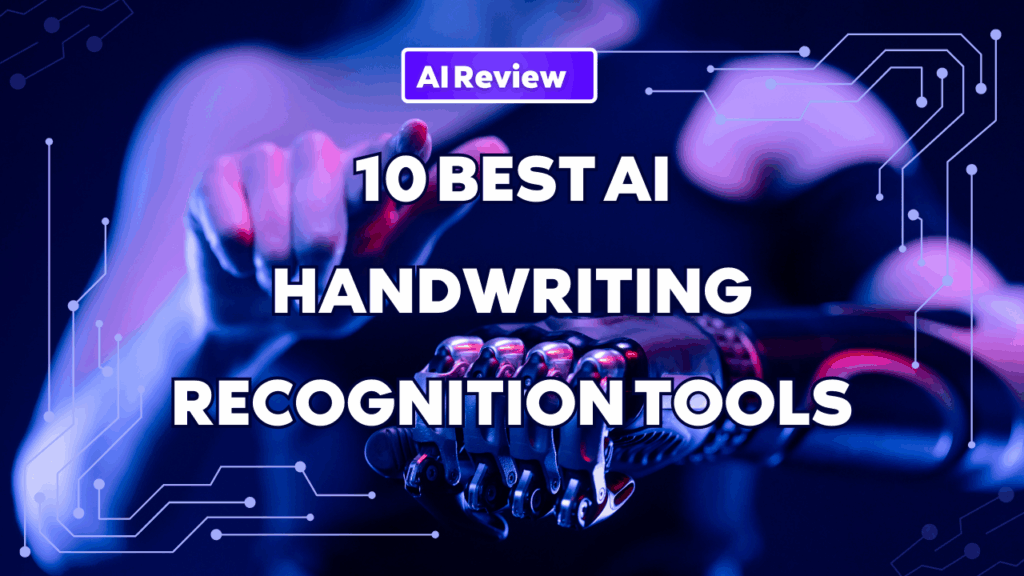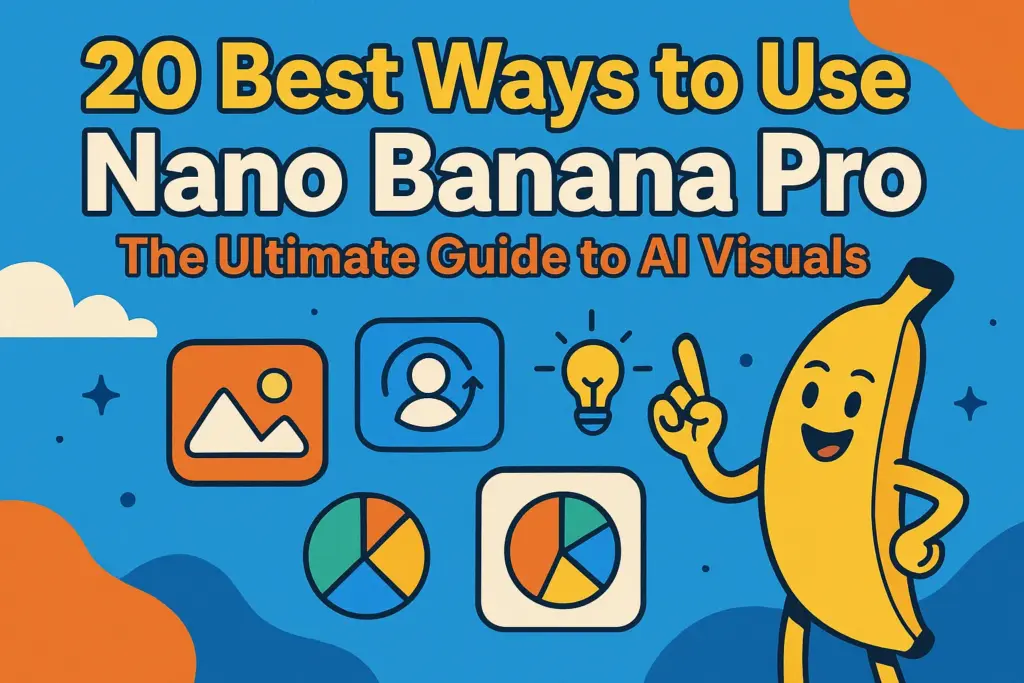The AI video generation field is advancing at lightning speed in 2025, with tools like OpenAI Sora 2 and xAI Gork imagine v0.9 dominating recent industry discussions. But Google isn’t letting competitors take the lead: on October 15, 2025, the tech giant launched a game-changing update to its own AI video platform—Google Veo 3.1—solidifying its spot in the top AI video generation tools of the year.
This isn’t just a minor refresh. Veo 3.1 significantly enhances creative control, realism, and production quality, directly addressing the biggest challenges in AI video creation—namely, consistency and length. If you’re looking for the most advanced text-to-video or image-to-video tool, this latest iteration from Google’s AI Studio is a game-changer.
Keep reading to explore the best Veo 3.1 features, how it compares to its predecessor and competitors like Sora, and how you can start using it today.

What’s New in Google Veo 3.1?
The Veo 3.1 update focuses on delivering professional-grade features that give creators unprecedented control over their narratives.
Enhanced Consistency and Narrative Control
One of the most requested features in AI video has been character and scene consistency across multiple shots. Veo 3.1 tackles this head-on:
- Improved Reference Adherence: Use up to three reference images to guide the generated video, ensuring characters, products, or specific aesthetics remain consistent throughout a sequence.
- Richer Audio and A/V Sync: While Veo 3 introduced native audio, Veo 3.1 brings richer, more natural sound that is better synchronized with the on-screen action, enhancing the overall realism.
Tools for Longer, Structured Video Sequences
While single-clip generation remains fast and high-quality, Veo 3.1 is engineered for longer content creation workflows:
- Video Extension & Scene Continuity: Users can now seamlessly extend Veo-generated videos for a much longer final sequence, moving beyond the standard 8-second clip limitation via integrated workflows in the Gemini API and Flow.
- Specified Frame Generation: Gain directorial control by generating a video that interpolates between a specified first frame and a final frame. This allows for precise shot planning and smooth transitions.
Expanded Availability and Integration
Google is making its powerful AI video generator more accessible for developers and enterprises:
- Google Flow & Gemini Integration: Veo 3.1 is now integrated into Google Flow (a powerful, flexible video editor) and accessible via the Gemini API and Vertex AI, enabling complex, app-level video generation workflows.
- Enhanced Realism: Google reports improved rendering of true-to-life textures, ensuring that the visual quality remains best-in-class and highly photorealistic.
Google Veo 3.1 vs. Veo 3: Further control of details
| Feature | Veo 3 | Veo 3.1 | Impact for Creators |
| Character Consistency | Good | Excellent (Stronger reference image adherence) | Essential for multi-shot, narrative storytelling. |
| Audio Quality | Native audio present | Richer, More Natural Audio & better sync | Higher production value right out of the box. |
| Reference Images | Limited/Varies | Up to 3 Reference Images (Asset images) | Unprecedented control over visual style and subject. |
| Video Length | Max 8 seconds (single clip) | Max 8 seconds (single clip), Enhanced Extension Workflows | Enables minutes-long sequences via Flow/API. |
| Frame Control | Limited interpolation | Specified First/Last Frame generation | Allows for precise transition control and shot planning. |
How to Use Google Veo 3.1: Access & Workflows
Veo 3.1 is now available to paid Gemini users and developers via two primary channels:
For Creators: Gemini App & Flow Editor
Gemini App: Paid users can generate videos directly from text/image prompts, edit objects, and extend scenes—no coding required .
Flow Film Platform: Integrate Veo 3.1 into professional workflows, combining AI-generated clips with traditional editing tools for feature-quality projects .
For Developers: Gemini API & Vertex AI
Build custom solutions with Veo 3.1’s API, available on Google Cloud’s Vertex AI. Use cases include:
Branded content generators that replicate logo colors/fonts across videos .
Dynamic ad tools that insert product variants into pre-generated scenes.
Interactive video experiences where users trigger scene extensions .
Google Veo 3.1 vs. Competition: Choose the tool that’s right for you
In previous articles, we introduced the newly released Sora2 and Grok imagine 0.9, this piece will compare the key features, target audiences, and generation quality of currently popular text-to-video generators, highlighting the distinct advantages of Google Veo 3.1.
| Platform / Version | Core Features | Target Users | Output & Quality | Pricing | Strengths | Limitations / Notes |
| Google Veo 3.1 | Text-to-video, image-to-video, native audio (dialogue, ambient sound), scene extension, light/shadow editing, “Frames to Video”, “Ingredients to Video” | Creators, marketers, filmmakers, short-form content | Up to ~1 min (extended), base 8 s; 720p / 1080p; 16:9 & 9:16 | Paid preview via Gemini Pro / Flow / Vertex AI | Native audio sync Built-in editing via Flow Realistic lighting controls | – Still limited duration– Requires Gemini/Vertex access |
| OpenAI Sora 2 | Text / image input → video; scene remix & expansion; audio sync | Creators, educators, social media video | Up to 20 s; 720p / 1080p | Pro tier (ChatGPT Pro / Business) | High realism & physics Multi-format output | – Watermark (free tiers)– Duration limits |
| xAI Grok imagine 0.9 | Text-to-video in Grok ecosystem; multimodal with image & dialogue | xAI / Grok community, concept creators | ~1080p (beta) | Credit-based plans ($10 – $99 tiers) | Integrated into Grok AI Fast, stylized results | – Early-stage video quality– Limited length & tools |
| Runway Gen-3 | Text / image → video; editing, motion control, frame interpolation | Creative professionals, production teams | Variable per plan; 720p – 4K | From $12 / mo (Pro plans available) | Mature editor & control tools Collaboration support | – High-tier cost– Watermark in free plans |
| Pika Labs (2.2) | Text / image → video, stylized filters, motion prompts (pan, zoom), keyframe transitions | Short-form & social creators | 5 – 10 s, up to 1080p | Free + credit plans | Creative styles Simple UI | – Short clips only– Limited realism for complex scenes |
Based on comparison tables and analysis, here’s a quick summary of Google Veo 3.1’s advantages over its main competitors:
Designed for filmmakers: Veo 3.1 prioritizes practical filmmaking, with powerful sequence editing tools like scene extension and head and tail frame generation, giving it an edge when crafting professional storytelling.
Integrated native audio: Instantly generate sound effects, dialogue, and even ambient sound synchronized with video, bringing a sense of realism to scenes. Compared to models requiring separate audio processing, Veo 3.1 significantly simplifies the post-production process.
Overall, the Google Veo 3.1 update focuses on functional upgrades—from richer audio adaptation and flexible narrative control to more realistic image quality. Combined with granular video editing integrated with its AI filmmaking tool, Flow, these updates not only clearly demonstrate Google’s technological breakthroughs in motion graphics generation but also underscore its clear ambition to enter the professional AI video market. For teams needing to efficiently produce film footage, brand advertisements, and corporate training videos, Veo 3.1’s compatibility with the Google ecosystem can already meet most commercial needs.
However, industry voices are worth noting: After comparative testing, some AI bloggers have pointed out that Veo 3.1’s core model hasn’t yet achieved a significant leap forward, with images occasionally appearing “greasy” and artificial, and still lagging behind OpenAI Sora 2 in terms of realism. In short, no AI video tool is truly perfect. If you prioritize ecosystem integration and practical functionality, Veo 3.1 is still worth a try. If you’re pursuing ultimate visual realism and creative freedom, you’ll need to keep an eye on the subsequent iterations of these two giants and test them based on your own project needs.



